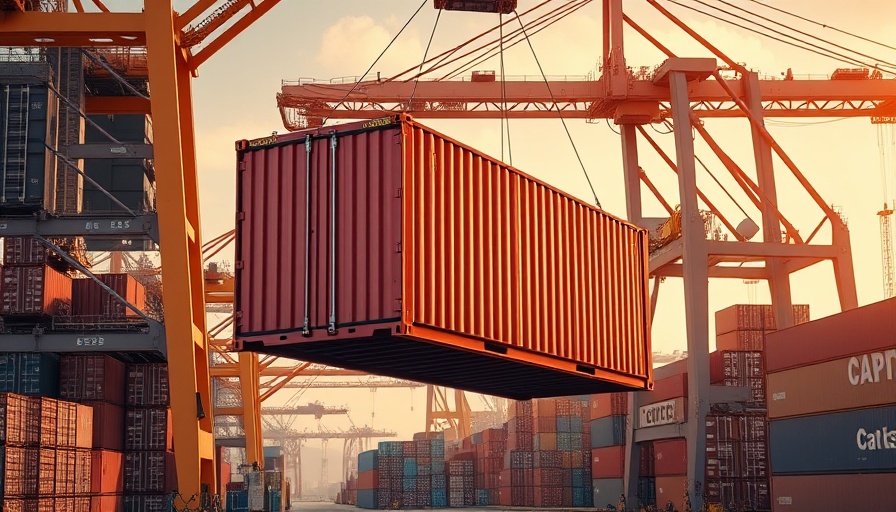
The New Tariff Landscape: Hazards and Opportunities Ahead
The recent announcement from the White House regarding a new round of tariffs has sent ripples through the market, prompting U.S.-based companies to reconsider their strategies. In the past, tariffs have generally resulted in increased costs for businesses reliant on imported goods—a trend that is likely to persist. The question remains: how can companies navigate this storm of tariff turbulence effectively while ensuring stability?
Understanding the Underlying Trends
Historically, economic disruptions caused by tariffs often lead to escalated prices for consumers and businesses. In 2025, the implications of new tariffs seem reminiscent of those seen in prior decades, which had analogous structural impacts. As costs go up, businesses face a dichotomy: absorb the additional charges or pass them on to customers. Most will likely opt for a combination of both strategies, leading to an inevitable increase in prices. This pattern underscores the recurring cycle of tariffs, where immediate financial repercussions are felt, but broad economic adjustments may take longer to materialize.
What Sets This Tariff Announcement Apart?
While past tariff introductions share similarities with current events, they are characterized by an unprecedented level of unpredictability. Frequent policy revisions and contradictory announcements have created a climate of uncertainty, which can stifle business confidence and decision-making. The stock market often rewards predictability; when that is absent, as we are experiencing today across various sectors, fear tends to dominate the marketplace.
Emotional Reactions to Tariff Changes
From psychological perspectives, fear plays a pivotal role in business economics. The concept of Intolerance of Uncertainty shines light on why businesses may hesitate in their spending strategies during chaotic economic times. As companies grapple with both predictable tariff increases—said to rise costs by about 17%—and unpredictable future developments, they may adopt a more cautious approach, opting to freeze investments instead of making bold growth decisions.
Building a Strategic Response Plan
Amid the chaos, companies need to formulate robust strategies to weather the storm. Here are some actionable insights for leaders facing this tariff turbulence:
- Assess Supply Chains: Evaluating supply chains for resilience is critical. Identifying alternative suppliers—both domestic and international—may mitigate risks associated with sudden tariff changes.
- Cost Management: Implementing cost-control measures can help absorb some of the shock from increased tariffs without immediately passing on costs to consumers.
- Transparent Communication: Maintaining open lines of communication with stakeholders—including customers, suppliers, and employees—can help manage expectations and build trust.
- Scenario Planning: By developing multiple scenarios for how tariffs may impact the business, leaders can prepare for various outcomes, allowing them to respond swiftly as circumstances evolve.
Lessons from the Past: A Cautionary Tale
Reflecting on previous tariff environments reveals important lessons. There were instances where companies that failed to adapt quickly faced significant challenges, including loss of market share and diminished consumer trust. By learning from the past, businesses can equip themselves to better handle current uncertainties, ensuring they remain competitive in a shifting economic landscape.
Final Thoughts: Navigating Through the Uncertainty
The pressure from tariffs may seem daunting for business leaders, yet it is not the end of the journey. Rather, it presents an opportunity for companies to innovate and strengthen their value propositions. Embracing the unpredictable nature of tariffs may ultimately lead to creative solutions that enhance operational efficiency and customer satisfaction.
Call to Action
In this time of economic flux, it is crucial to rally as leaders and share insights. Consider joining Vistage’s CEO Advisory Groups for tailored support and perspective from fellow leaders navigating similar challenges. Together, we can turn this turbulence into a transformational experience.
 Add Row
Add Row  Add Element
Add Element 


Write A Comment